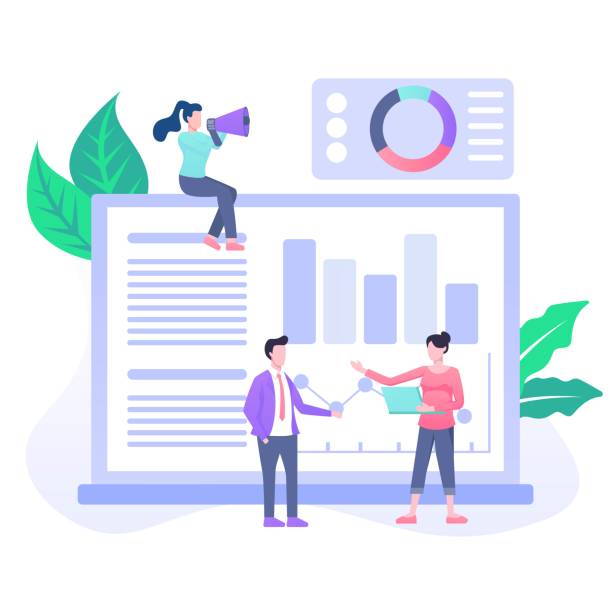What is SEO and Why is it Crucial for Your Business?
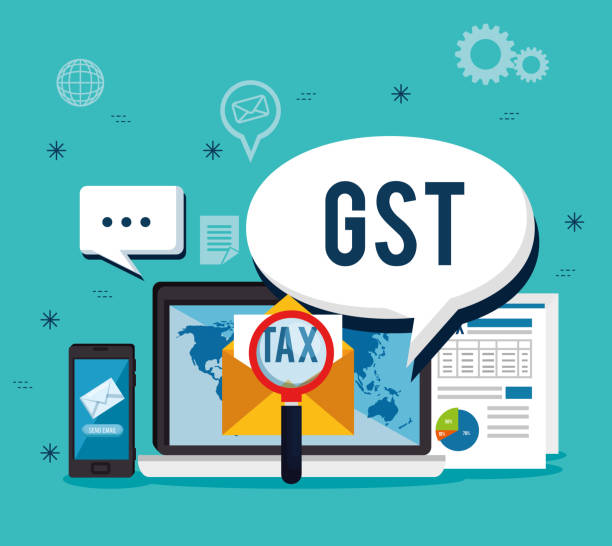
These days, hearing the term #SEO is very common in the online space.
But exactly what is #SEO and why is it crucial for the success of any #online_business? SEO, or Search Engine Optimization, refers to a set of techniques and strategies aimed at increasing the visibility of a website or its content in the organic search results of search engines like Google, Bing, and Yahoo.
The ultimate goal of SEO is to attract organic and targeted traffic to your website.
This traffic often leads to an increase in customers, sales, and brand awareness.
In fact, presence on the first pages of search results not only builds credibility but also significantly increases access to audiences looking for your products or services.
SEO is a complex and time-consuming process that requires specialized and up-to-date knowledge.
It is not limited to just keywords; it also includes technical website optimization, quality content creation, and building authoritative links.
Without SEO, even if you offer the best products or services, your chances of being seen in the competitive internet space will be very low.
This comprehensive guide will help you get familiar with the principles and advanced techniques of SEO and optimize your website.
From various aspects of technical SEO to content SEO and off-page SEO, we will cover everything.
This educational and comprehensive approach will be the foundation for your long-term success in the world of digital marketing.
A deep understanding of SEO gives you a significant competitive advantage, and investing in it will yield high returns.
Does your current website build the trust that potential customers should have in your business? If the answer is no, it’s time to have your professional and impactful corporate website with Rasavob.
✅ Fully custom design tailored to your brand identity
✅ Increased lead generation and business credibility in the eyes of customers⚡ Contact us for a free consultation!
Types of SEO and Its Main Pillars

To better understand #Search_Engine_Optimization, it is necessary to become familiar with the main types of SEO.
Generally, SEO is divided into three main sections: On-Page SEO, Off-Page SEO, and Technical SEO.
Each of these sections plays an important role in improving your site’s ranking in search results and complements each other.
On-page SEO refers to all actions taken within your website and on its content to achieve a better ranking.
These actions include optimizing keywords in titles, meta descriptions, headings, body text, and image optimization.
The goal of this type of SEO is to create relevant and quality content for users and search engines.
Good and explanatory content can make a big difference in attracting traffic.
Off-page SEO refers to activities carried out outside your website to improve its ranking.
The most important part of off-page SEO is link building; that is, getting backlinks from authoritative and relevant websites.
These links indicate to search engines that your content is valuable and trustworthy.
Link building can also include social media activity and content marketing.
Finally, technical SEO focuses on optimizing your website’s technical infrastructure so that search engines can easily crawl and index your site.
This includes site loading speed, mobile compatibility, URL structure, Robots.txt file, XML sitemap, and the use of structured data (Schema Markup).
A website with a strong technical structure provides a solid foundation for on-page and off-page SEO strategies and is a practical guide for search engines to properly understand your content.
Keyword Research, the Cornerstone of Every Successful SEO Campaign
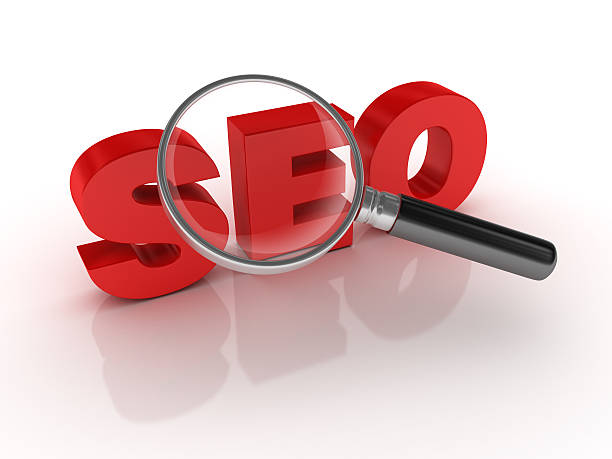
#Keyword_Research is the beating heart of every successful SEO strategy.
Without understanding the words your target audience enters into search engines, you cannot produce relevant content and attract traffic.
This process involves discovering, analyzing, and selecting words and phrases that users employ to find your information, products, or services.
Keyword research is not just about finding high-volume keywords; it’s about understanding the User Intent behind that keyword.
Is the user looking for information (informational intent), wanting to go to a specific website (navigational intent), or intending to buy (transactional intent)? Recognizing these intents helps you produce appropriate and precise content.
To perform keyword research, you can use various tools such as Google Keyword Planner, Semrush, Ahrefs, and Moz Keyword Explorer.
These tools provide you with search volume, keyword difficulty, related keywords, and content ideas.
Analyzing competitors and seeing the keywords they use for ranking can also provide valuable insights.
This educational and crucial section shows you how to create a list of targeted keywords that will drive high-quality traffic to your website and aid in SEO optimization.
| Intent Type | Explanation | Keyword Examples |
|---|---|---|
| Informational | The user is looking for information, answers to questions, or to learn something. | “What is SEO?”, “How to SEO my website?” |
| Navigational | The user wants to access a specific website or page. | “Digikala”, “Google Analytics login” |
| Commercial | The user intends to buy but is still researching and comparing. | “Best laptop 2024”, “Compare SEO experts Tehran” |
| Transactional | The user is ready to buy or perform a specific action. | “Buy airline ticket”, “SEO course price” |
SEO-Oriented Content Creation: Creating Content That Users and Search Engines Love

After keyword research, it’s time for #Content_Creation.
SEO-oriented content doesn’t just mean stuffing text with keywords; it means creating valuable, engaging, and relevant content that both meets user needs and is understandable to search engines.
There are various types of content you can produce: blog articles, product pages, service pages, infographics, videos, and podcasts.
Each of these formats can help your SEO in different ways.
For example, a specialized article can be recognized as a reference in your industry.
On-page optimization is very important in content creation.
This includes the strategic use of keywords in the title (H1), subtitles (H2, H3), first paragraph, and meta descriptions.
The text should be fluid and readable and follow a logical structure.
Adding relevant images and videos with appropriate Alt Text can also help increase content appeal and improve SEO.
Your content should be question-provoking content that encourages users to interact and stay longer on the page.
Also, regularly updating old content with new information and ensuring the accuracy of the material is essential for maintaining SEO ranking and freshness.
This part of SEO requires creativity and a deep understanding of audience needs to produce content that is both entertaining and has high explanatory value.
Is your online sales not as expected? With Rasavob, solve the problem of low sales and poor user experience forever!
✅ Increase visitor-to-customer conversion rate
✅ Create an enjoyable user experience and increase customer trust
⚡ Act now for a free consultation!
Link Building: Its Importance and Strategies

#Link_Building is one of the most important ranking factors in Off-Page SEO.
Backlinks, or incoming links from other websites to your website, act like a vote of confidence from those sites for your content.
Search engines, especially Google, consider the quality and quantity of backlinks as an indicator of your content’s authority and value.
The more links you receive from authoritative and relevant sites, the higher your Domain Authority will be, and your chances of ranking better in search results will increase.
However, the important point is that link building must be high-quality and natural; spammy or irrelevant links not only don’t help but may harm your SEO.
There are various strategies for link building.
One of the most effective methods is to produce high-quality and comprehensive content that naturally attracts links (link bait).
You can then reach out to relevant bloggers and influencers and ask them to link to your content.
Guest Blogging (writing guest articles on other sites), creating infographics or free tools that are used and shared, and Broken Link Building are other common methods.
Analyzing competitors’ backlinks can also show you new link-building opportunities.
This process is a vital part of your overall SEO strategy and helps with continuous ranking improvement and traffic increase.
Link building is a specialized activity that requires patience and persistence to create tangible results in SEO.
Technical SEO: Optimizing Website Infrastructure for Search Engines

#Technical_SEO is the solid foundation for all other SEO activities.
This part of SEO deals with the technical aspects of your website that directly affect the ability of search engines to crawl and index your site.
If your website is not technically optimized, even with the best content and high-quality links, it may not appear in search results.
Key factors in technical SEO include site loading speed, mobile compatibility, URL structure, HTTPS usage, and internal link structure.
Site speed is not only important for users but is also considered a Google ranking factor.
Using optimized images, compressing code, and using caching can help improve speed.
Mobile compatibility is also of paramount importance, as a large portion of searches are performed via mobile devices.
Responsive Design is the best solution to ensure a good user experience across all devices.
Other important aspects of technical SEO include managing the Robots.txt file (to guide search engine bots), XML sitemap (to help engines discover pages), and fixing 404 errors or broken links.
Also, proper use of structured data (Schema Markup) can help search engines better understand your content and lead to the display of Rich Snippets.
Technical SEO is a specialized and essential part of an SEO strategy that helps your site perform optimally from the perspective of search engines.
This section requires a deep analysis of the site’s structure.
Measuring SEO Success: Key Tools and Metrics
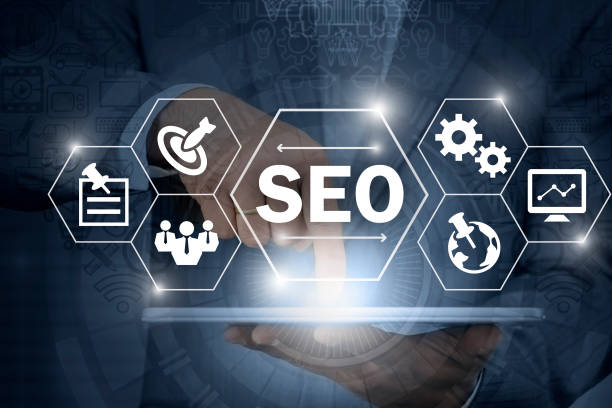
To ensure that your #SEO efforts are yielding results, you need to be able to measure and track your success.
Measurement helps you identify effective strategies and strengthen them, while also pinpointing weaknesses and planning for their improvement.
Various tools are available for this purpose, the most important of which include Google Analytics and Google Search Console.
Google Analytics provides you with detailed information about website traffic, user behavior, conversion rates, and traffic sources.
You can see what percentage of your traffic comes from organic search (SEO) and what users do after arriving.
Google Search Console is also a vital tool that gives you direct information on how Google interacts with your site.
This tool helps you investigate crawl issues, indexing errors, keyword performance, and backlinks.
Key metrics to track include: organic traffic, keyword rankings, bounce rate, time on page, and the number of backlinks.
Tracking these metrics helps you perform a detailed analysis of your SEO performance and make necessary changes.
Regular reporting and updates on progress to stakeholders are also very important.
This part of SEO requires continuous attention and data evaluation for ongoing improvement.
| SEO Metric | Explanation | Suggested Tool |
|---|---|---|
| Organic Traffic | Number of visitors coming from search engines. | Google Analytics |
| Keyword Ranking | Website’s position for specific keywords in search results. | Google Search Console, Semrush |
| Bounce Rate | Percentage of users who leave after visiting one page without interacting. | Google Analytics |
| Time on Page | The duration users spend on a page. | Google Analytics |
| Number of Backlinks | Number of incoming links from other websites. | Ahrefs, Moz Link Explorer |
Local SEO and International SEO: Expanding Reach and Audiences
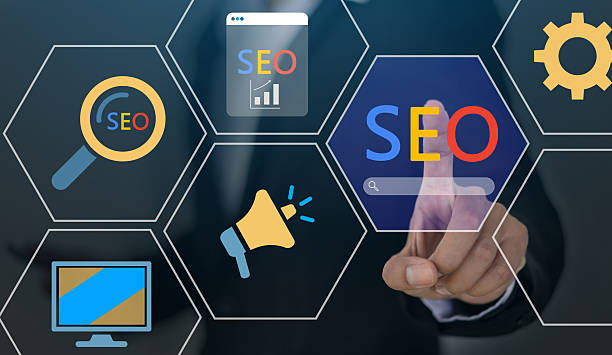
Depending on your business type and target audience, SEO can extend beyond the national or general level.
#Local_SEO and #International_SEO are two specialized approaches that allow you to reach specific groups of audiences.
Local SEO is crucial for businesses that offer their services or products in a specific geographical area, such as restaurants, shops, or clinics.
The goal of local SEO is to increase business visibility in local searches, so that when users search for “general practitioner in Tehran” or “coffee shop near me,” your business appears in the results.
Registering your business on Google My Business, collecting customer reviews, and optimizing for local keywords are among the most important factors for local SEO.
In contrast, International SEO is suitable for businesses that intend to reach audiences in different countries and with different languages.
This type of SEO involves optimizing the website for multiple languages and various geographical regions.
Using hreflang tags to indicate different language versions of a page, selecting an appropriate URL structure (such as subdomains or subfolders for each country/language), and geo-targeting in Google Search Console are among the key actions in International SEO.
Both local and international SEO require a specialized approach and a deep understanding of cultural and linguistic differences to make your SEO strategy optimal and effective, providing a comprehensive guide for global or local presence.
Does your current site showcase your brand’s credibility as it should? Or does it drive away potential customers?
Rasavob, with years of experience in designing professional corporate websites, is your comprehensive solution.
✅ A modern, beautiful website tailored to your brand identity
✅ Significant increase in lead generation and new customers
⚡ Contact Rasavob now for a free corporate website design consultation!
Future SEO Trends: AI, Voice Search, and More

The world of #SEO is constantly changing and evolving.
Search engines continuously update their algorithms to provide better and more relevant results to users.
Therefore, for long-term success in SEO, you need to be aware of future trends and adapt to them.
One of the most important recent and future trends is the role of Artificial Intelligence (AI) in search.
Tools like Google SGE (Search Generative Experience), which provide summarized and generative AI results, are changing how users interact with search results.
This means a greater emphasis on comprehensive and authoritative content that can answer complex user questions.
Voice Search is also growing due to the increased use of voice assistants like Siri, Alexa, and Google Assistant.
Optimizing for voice search requires focusing on longer (Long-tail Keywords) and more natural keywords, as users typically ask full questions in voice search.
Video SEO and podcasts are also becoming important content formats for attracting traffic.
Optimizing descriptions, tags, and titles of videos on platforms like YouTube can help your overall site SEO.
Finally, focusing on User Experience (UX) and Core Web Vitals has gained increasing importance; Google ranks websites that provide a better user experience higher.
This is an analytical and predictive approach to staying ahead in SEO.
This kind of news is vital for any SEO professional.
Challenges and Common Mistakes in SEO: How to Avoid Them?
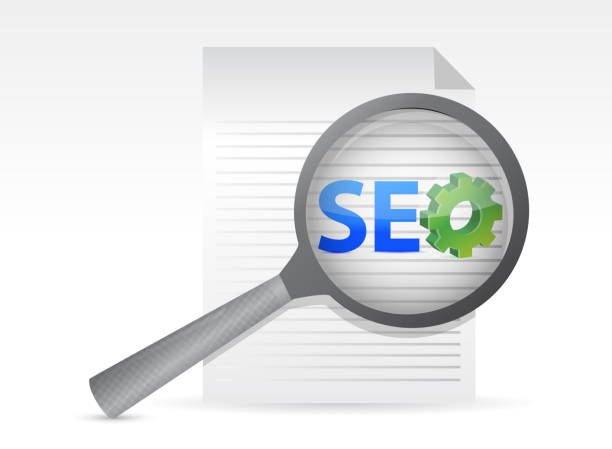
On the #SEO journey, you may encounter numerous challenges and mistakes that can render your efforts ineffective.
Identifying and avoiding these errors is crucial for long-term SEO success.
One of the most common mistakes is Keyword Stuffing.
Overuse and unnatural placement of keywords not only harms user experience but can also lead to penalties from search engines.
Instead, focus on producing natural, high-quality content with intelligent keyword usage.
Ignoring technical SEO is also a major error; a website that loads slowly, is not mobile-optimized, or has broken links will never achieve high rankings.
Another mistake is unnatural link building or buying backlinks.
Google strongly opposes such activities and can penalize your site.
Instead, focus on organic and high-quality link building.
Also, failing to update old content and neglecting to follow changes in search engine algorithms can lead to loss of ranking.
SEO is not a static process and requires continuous monitoring and optimization.
Ignoring Google’s official guidelines and attempting to trick search engines are also fatal mistakes to avoid.
With an explanatory and patient approach, you can overcome these challenges and properly advance your site’s SEO optimization.
Frequently Asked Questions
And other services of Rasavob advertising agency in the field of advertising
Smart Reportage: A novel service for increasing campaign management through marketing automation.
Smart Content Strategy: Professional optimization for customer acquisition using user experience customization.
Smart Custom Software: A fast and efficient solution for improving SEO ranking with a focus on custom programming.
Smart Digital Advertising: A combination of creativity and technology to increase click-through rates through Google Ads management.
Smart Marketing Automation: A professional solution for analyzing customer behavior with a focus on custom programming.
And over hundreds of other services in the field of internet advertising, advertising consultation, and organizational solutions
Internet Advertising | Advertising Strategy | Advertorials
Resources
What is SEO? – SEO Iran
Comprehensive SEO Guide – Rank First
SEO Optimization – Mihan SEO
SEO in 2024 – Virgul
?With Rasavob Afarin, your business shines at its peak! With our expertise in personal website design and a wide range of digital marketing services, we create a powerful and influential online presence for you.
📍 Tehran, Mirdamad Street, next to Bank Markazi, Kazerun Jonoubi Alley, Ramin Alley, No. 6

